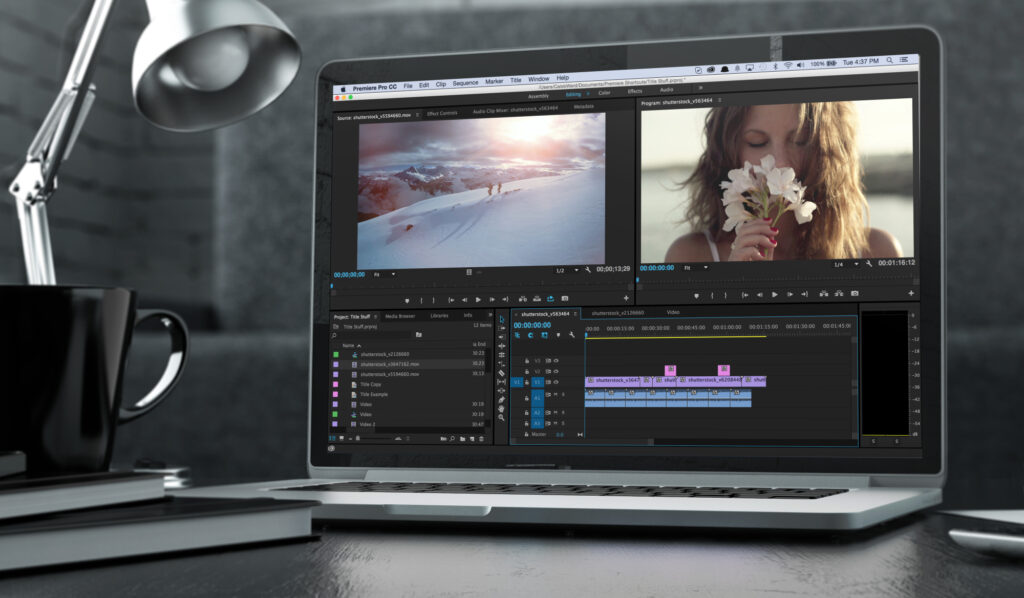change photo color – Color correction is a powerful tool for transforming photos and can take your images to the next level. With the right techniques, you can create stunning images that stand out from the crowd and capture attention. In this article, we’ll explore some of the different color correction techniques available and how they can be used to enhance your photos.
The first technique is white balance correction. This involves adjusting the colors of your photo to ensure that whites appear white and colors are accurately represented. White balance can be adjusted in-camera or with post-processing software. To make adjustments, look for the white balance settings in your camera or software and experiment with different settings until your colors look the way you want them.
The second technique is color grading. Color grading involves adjusting the colors of a photograph to give it a certain look or feel. This can be done in-camera or with post-processing software. To color grade, experiment with the color settings in your camera or software until you get the desired look.
The third technique is hue and saturation adjustments. This involves adjusting the hue and saturation of individual colors in your image. This technique can be used to enhance certain colors in your photo, such as making blues or greens more vibrant. You can make hue and saturation adjustments in-camera or with post-processing software.
Finally, the fourth technique is tone mapping. Tone mapping is a process of adjusting the contrast, brightness, and color in an image to make it look more realistic. This technique can be used to give your photos a more natural look and feel. You can make tone mapping adjustments in-camera or with post-processing software.
These are just a few of the many color correction techniques available. Experiment with different techniques and settings to see what works best for your photos. With the right color correction techniques, you can transform your photos and create stunning images that will stand out from the crowd.
How to Use Color Filters to Enhance Your Photos
Color filters are a great way to enhance digital photos and improve the overall look of your images. By utilizing color filters, you can add depth and interest to your photos, as well as make them look more professional. Here are some tips for using color filters to get the most out of your photos.
1. Understand Color Filters – Before you can start using color filters, it’s important to understand what they are and how they work. Color filters are pieces of glass or plastic that are placed in front of a camera’s lens in order to alter the color of the light passing through it. Depending on the type of filter used, different effects can be created, such as increased contrast or saturation, reduced contrast, and even black and white photos.
2. Choose the Right Filter – When selecting color filters, it’s important to choose ones that are compatible with your camera’s lens. Additionally, you should choose the right type of filter for the photo you’re trying to take. For example, if you’re taking a landscape photo, you might want to use a polarizing filter to reduce glare and increase contrast. If you’re taking a portrait, you could use a graduated filter to darken the sky.
3. Experiment – Once you’ve chosen the right type of filter for the photo you’re taking, it’s important to experiment with different settings to find the best results. Try shooting with different apertures and shutter speeds to see how the color filters affect the overall look of the image.
4. Use in Post-Production – In addition to utilizing color filters while shooting, you can also use them in post-production to give your photos an extra boost. Most photo-editing software, such as Adobe Photoshop, offer a wide range of color filters that you can use to adjust the hue, saturation, and contrast of your images.
By following these tips, you can use color filters to get the most out of your digital photos. With a little bit of experimentation, you’ll soon be able to create stunning images that capture the beauty of the world around you.
Leveraging Color Theory to Create Stunning Color-Adjusted Images
Color theory is an invaluable tool when it comes to creating stunning images. By understanding the basics of color theory, photographers can manipulate color in their images to create a desired effect. Whether it’s making a photo look more vibrant or calming and subtle, color theory is key.
The color wheel is a color theory tool used by photographers to mix and match complementary colors. Complementary colors are ones that are opposite each other on the wheel, such as red and green, blue and orange, and purple and yellow. When two complementary colors are used together, they create a balanced and harmonious effect. This can be used to create a variety of moods and tones in images.
Photographers can also use color theory to create color-adjusted images. By using the color wheel, they can determine which colors will look best when combined together and make adjustments accordingly. This can involve adjusting levels of hue and saturation, as well as adding or subtracting color to create the desired effect.
Finally, color theory can be used to create stunning images with color-shifting effects. For example, a photographer could use a color wheel to adjust the hues of an image to create a vibrant sunset effect. By understanding how to combine and adjust colors, photographers can create stunning images that appear to have come straight out of a painting.
By using the principles of color theory, photographers can use color-adjusting techniques to create stunning images. From balancing complementary colors to creating color-shifting effects, color theory is an invaluable tool for photographers who are looking to take their images to the next level.
